10 Best Adventures of 1983
By:
November 17, 2018
Thirty-five years ago, the following 10 adventures — selected from my Best Nineteen-Seventies (1974–1983) Adventure list — were first serialized or published in book form. They’re my favorite adventures published that year.
Please let me know if I’ve missed any adventures from this year that you particularly admire. Enjoy!
- Frank Miller‘s sci-fi graphic novel Rōnin (1983–1984). A six-issue DC miniseries written and drawn by Miller, who a couple of years earlier had earned a brilliant reputation as a writer and penciller on Daredevil. While researching martial-arts movies and Japanese samurai manga for that comic, Miller became fascinated with the medieval figure of the ronin — a rootless samurai whose master has been killed. Drawn in a weird, expressionistic style synthesizing manga and Moebius, Miller’s Rōnin tells the story of Billy Challas, a limbless and abused mutant with telekinetic powers who — while testing cutting-edge prosthetic limbs for the biocircuitry company Aquarius, located in a post-apocalyptic New York — appears to be possessed by a ronin from feudal Japan. Virgo, the artificial intelligence at the heart of the Aquarius Complex, is a major character in this enthralling, often wordless yarn; other players include Peter McKenna, inventor of biocircuitry, his wife, Casey McKenna, Aquarius’ bad-ass head of security, and Taggart, who funded and controls Aquarius (and who is replaced by the ronin’s almost-immortal enemy, the demon Agat). The action spills out into the streets of New York — where Billy/Ronin must confront a neo-Nazi gang, sewer-dwelling cannibals, and Virgo’s lethal robots! Fun facts: Artwork painted by Lynn Varley. Genndy Tartakovsky has stated that Ronin was one of the major influences on his animated TV series Samurai Jack.
- Manly Wade Wellman’s John Thunstone occult-detective adventure What Dreams May Come. In John Thunstone’s first novel(la)-length outing, the sword cane-wielding paranormal investigator (whom readers first met in the pages of Weird Tales, in the 1940s) heads to England to investigate Old Thunder, a stone-age outline cut into a hillside, as well as the Dream Stone, a toppled menhir that resembles a human form. Pagan practices linger, in the sleepy village of Claines; is a malevolent entity that the villager’s ancestors once worshiped as a god preparing to return? An atmospheric novel, where the tension builds slowly: Thunstone is welcomed to the town by the new constable, the town’s vicar, and an attractive “white witch,” but viewed with suspicion by other locals. Is Gram Ensley, the wealthy man who owns most of the town, and who ensures that Old Thunder’s form is maintained, more than what he appears to be? Before Edgar Wright’s Hot Fuzz, Wellman made English village preservationists seem not merely reactionary but possibly diabolical! Fun facts: Although his occult-detective stories, starring John Thunstone, Judge Pursuivant, and the backwoods balladeer (!) Silver John, were published in a range of pulps, Wellman, who also wrote sci-fi, westerns, and comic books, is best remembered as one of the most popular 1940s contributors — with Seabury Quinn, August Derleth, Edmond Hamilton, and Robert Bloch — to Weird Tales.
- David Brin’s Uplift Saga sci-fi adventure Startide Rising. Science fiction fought its way to mainstream credibility from the 1950s through the 1970s, only to blow it in the ’80s, thanks to goofy concepts like this: dolphins in space! Even some of Brin’s dolphin characters find the very idea ridiculous. But… when I finally got around to reading Startide Rising, I couldn’t put it down. A spaceship from Earth, captained and crewed by artificially evolved and augmented (“uplifted”) dolphins, plus a few humans, discovers something — an ancient-astronaut MacGuffin — that incites a horde of fanatical, much more powerful extraterrestrial races, to pursue them to a remote, supposedly uninhabited planet. While there, some of the dolphin astronauts begin to devolve — and mutiny; meanwhile, other crew members discover that the planet is not what it seems to be. The action is exciting, the (many) characters well-realized, the dolphins’ speech-patterns are interesting… plus, the nail-biting action takes place against an epic compelling, violent, Dune-like backdrop of galactic political intrigue. Fun facts: The second of six books in the Uplift series, Startide Rising won both the Hugo and Nebula Awards for Best Novel. I suspect that Brin’s “Batteau breather mask” is a shout-out to Dwight “Wayne” Batteau, who in the 1960s attempted to develop a Man/Dolphin Communicator.
- John Varley’s sci-fi adventure Millennium. Louise Baltimore, a disfigured, one-legged para-leper (!), is in charge of a “snatch team” that travels back in time from the distant future — the so-called “Last Age” — to various points in the past, and abducts people shortly before they were going to die or vanish anyway. Why? We’re not sure, at first. On one such raid, Baltimore’s team pops up in 1983, on-board an airplane in flight over Oakland, Calif., and hustles unsuspecting passengers into a time-gate shortly before the airplane is due to crash. However, when they are forced to kill a would-be hijacker, they leave behind one of their high-tech weapons. Our other protagonist, Bill Smith, is a National Safety Board investigator who discovers the weapon — and in so doing, sets off a temporal paradox that could cause a breakdown in the fabric of time itself. The plot quickly becomes complex, as time goes out of joint and changes in 1983 reverberate into the future. On top of all this, there is also a romance aspect to the story. Fun facts: Millennium was developed from Varley’s 1977 story “Air Raid,” which he later developed into a screenplay; he then developed the screenplay into the novel. The film version, directed by Michael Anderson (Logan’s Run) and starring Kris Kristofferson and Cheryl Ladd, appeared in 1989.
- Elmore Leonard’s crime adventure LaBrava. When Miami street photographer Joe LaBrava meets the first woman he ever loved — former film noir star Jean Shaw — he is happy to help protect her from a couple of local hoodlums who appear to be shaking her down. LaBrava is, after all, a former Secret Service agent, who knows how to handle himself… even though his toughest assignment was guarding Bess Truman’s home in Independence, Mo. The enigmatic Shaw, we discover, once wrote a rejected screenplay in which the femme fatale, for once, gets the guy and the loot; a version of this story plays out in the novel. LaBrava is an engaging hero — more concerned with photographing the inner essence of South Beach’s retirees, gangsters, and crackpots than with bringing criminals to justice. Via his eighty-something friend Maury, a hotelier who’s seen it all, we catch a glimpse of how Miami has changed since midcentury. The hoodlums are interesting characters, too: A redneck from Florida’s swamp country, on the lam from his own kinfolk; and a bisexual Cuban marielito deported to the States by Fidel Castro when the Cambinado del Este prison was emptied out. Not my all-time favorite Leonard novel, but certainly in his top ten. Fun facts: LaBrava, which was published the same year that Brian De Palma’s Scarface revealed the seamy underbelly of Miami’s South Beach (and a year before Miami Vice aired), won the Edgar Award — selected by the Mystery Writers of America — for Best Novel.
- Diane Duane’s Young Wizards YA fantasy adventure So You Want to Be a Wizard. Before J.K. Rowling’s Harry Potter franchise, there was Diane Duane’s popular Young Wizards series — a darker, more urban version of Fantasy’s now-popular adolescent-wizard-in-training sub-genre. Nita Callahan, a 13-year-old girl seeking to avoid middle-school bullies, takes refuge at the library — where she discovers a book titled So You Want to Be a Wizard. She takes the Wizard’s Oath, and begins experimenting with spellcraft — at which point she meets Kit Rodriguez, a fellow would-be wizard. Attempting to retrieve a special pen that bullies stole from her, Nita and Kit accidentally summon an intelligent, wise-cracking “white hole” from outer space — the book’s third, most charming protagonist. Soon, the three must embark on a quest to retrieve The Naming of Lights, a book that describes the true nature of everything that has or will exist, and which has gone missing. When Nita and Kit wind up in a lifeless, alternate-dimension version of New York (hello, Stranger Things), populated by bat-like skinwings, dragon-like fireworms, and the ancient Lone Power, will their wizarding abilities suffice? Fun facts: Subsequent installments in the series include: Deep Wizardry (1985), High Wizardry (1990), and A Wizard Abroad (1993). Duane is a prolific genre author whose oeuvre features Star Trek and Spider-Man novels.
- Gary Panter‘s comic strip Dal Tokyo (1983–2007). Panter’s Dal Tokyo — which is set on Mars, in a semi-dystopian city whose culture is a Dallas-Tokyo mashup — first appeared as a weekly strip in the L.A. Reader from 1983–1984, then as a monthly strip in a Japanese reggae magazine from 1996 to 2007. The sidewalks and alleys of Dal Tokyo teem with punks, aliens, mutants, Sepaloids, Cubist girls, and adorable manga characters. Rival advertising agencies engage in bloody combat; freelance peeping toms snap pho-toms of rich smog monsters having sex; and ant-men excavate classic cars from the surrounding desert, then melt them for the minerals they require to speak. Several plot-lines develop, over time: ex-dinosaur Nurse Barbie is at the center of a plot involving the university hospital and its evolution experiments; Sybig Nabcig, a juvenile smog monster, is the protagonist of a story about Dal Tokyo’s street culture, e.g., its skaters and radio-controlled robot fights; and we also follow car-hating fiend Dareiter Pictox, who early on in the series records an exploding Mustang for a Ballardian crash-porn moving-picture magazine, into a wild tangle of monsters, mutants, and media. There are many other characters and happenings, but the medium is the message, here: Panter sometimes uses his four panels to tell a serialized, Flash Gordon-type adventure; other times, he spreads a single scene or image or explosion across the entire frame; and other times, it’s impossible to tell what’s going on! Did Panter invent cyber-punk? Fun fact: I have written about Dal Tokyo at greater length for The Comics Journal, on the occasion of Fantagraphics’ 2012 publication of a Dal Tokyo collection.
- John le Carré’s espionage adventure The Little Drummer Girl. A covert operations agency within Mossad, Israel’s national intelligence agency, is desperate to infiltrate a Palestinian terrorist group that has bombed several Israeli targets in Europe — and take out Khalil, the group’s leader. Kurtz, the Smiley-like head of the clandestine agency, tasks his protegé, Gadi Becker, with recruiting Charlie, a struggling young English actress who has some vaguely pro-Palestinian sympathies, to pose as the grieving lover of Khalil’s recently killed brother, Salim. Gadi (whom Charlie calls “Joseph”) trains Charlie to behave as though she truly sympathizes with the Palestinian cause. Charlie begins to fall in love with Joseph — who is burned out, after fighting in several wars, and beginning to question whether Israel really has the moral high ground. When the time comes for Charlie to deceive — and help assassinate — the Palestinian terrorists in whose cause she once believed, will she succeed? The plot is a complex mechanism, full of surprises; Le Carré presents both sides of the issue; and the book is beautifully written. Fun facts: Adapted into a disappointing 1984 film — starring Diane Keaton, Yorgo Voyagis, and Klaus Kinski — of the same title. William F. Buckley, reviewing the book for the New York Times, suggested that “terrorism and counterterrorism, intelligence work and espionage are… merely the vehicle for a book about love, anomie, cruelty, determination and love of country.”
- John Sladek’s New Wave science fiction adventure Roderick at Random. In the sequel to Sladek’s Roderick, or The Education of a Young Machine (1980), our Candide-like robot protagonist takes a low-paying job and attempts to navigate such human, all-too-human institutions as academia, government, the military, the media, the art world, the publishing industry, and above all, religion. Thanks to Roderick’s hard-wired objectivity, this is a darkly satirical take-down of everything from trendy Zen Buddhism and a Scientology-like celebrity “church” to humankind’s propensity to fear, reject, and persecute those who don’t go along to get along. Life itself, Roderick discovers, is absurd; there is no inherent meaning in the world, no overarching purpose to our lives. Computers, meanwhile, are developing their own consciousness — which doesn’t make Roderick feel any less alone; in fact, he’s scared of the emerging AIs. If the book’s human characters are two-dimensional, and its narrative structure Rube Goldberg-like, it’s largely because Sladek was experimenting with the Oulipian possibilities of artificial constraints and mathematical possibilities. In the end, Roderick is revealed as the most truly human character in the story. Fun facts: Sladek was closely involved with the UK New Wave sci-fi movement in the 1960s–1970s; for example, he co-edited the short lived poetry magazine Ronald Reagan, where work by J.G. Ballard, Thomas M. Disch and other sci-fi writers appeared. The two Roderick books were intended to be parts of a single novel; and in 2001, they were published in one volume as The Complete Roderick.
- Terry Pratchett’s comical fantasy adventure The Colour of Magic. There are plenty of people who will insist that you have to read this book. But you don’t, you really don’t — and if you do, it’s best to keep your expectations low, particularly if (like me) you have a low tolerance for silliness. Having warned you, I will say that the first installment in Pratchett’s sprawling Discworld series — there are over 40 books — is wildly imaginative and intelligent, and can sometimes be quite entertaining. Twoflower is a wealthy, naively optimistic “inn-sewer-ants” adjuster who visits the city of Ankh-Morpork, on Discworld — a flat planet balanced on the backs of four elephants who stand on the back of a giant turtle. Rincewind, a failed student at the Unseen University for wizards in Ankh-Morpork, takes it upon himself to act as Twoflower’s guide. Together, they face pirates, dragonriders, supernatural entities, and all sorts of stock fantasy characters offering a sardonic twist on the fiction of Tolkien, Lovecraft, Anne McCaffrey, Fritz Leiber, and Robert E. Howard, not to mention mythology, folklore, Shakespeare, and fairy tales. It’s a picaresque, really, divided into four sections; our protagonists are caught up in a game played by the gods, so there isn’t much in the way of plot progression. The puns, inside jokes, and social and political commentary are delivered at a furious pace. Fun facts: Pratchett, who for years was the UK’s best-selling author, described this book as “an attempt to do for the classical fantasy universe what Blazing Saddles did for Westerns.” More than 80 million (!) Discworld books have been sold.
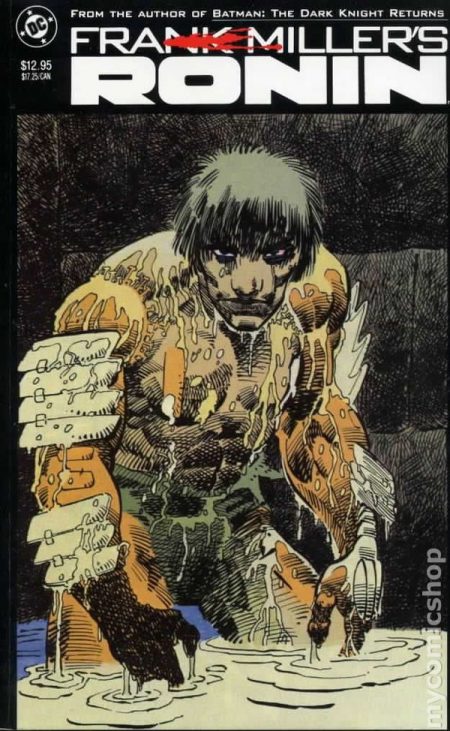
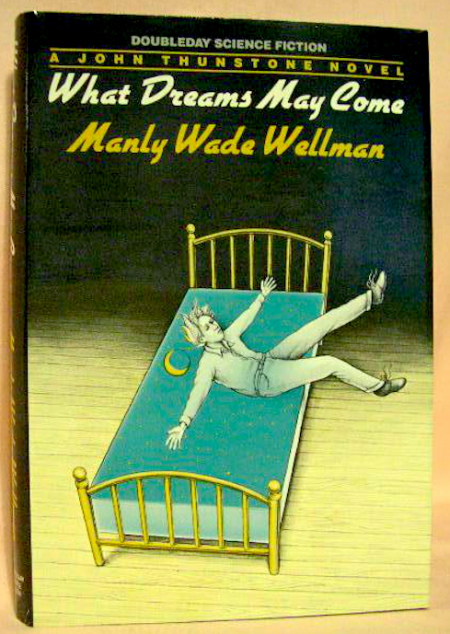
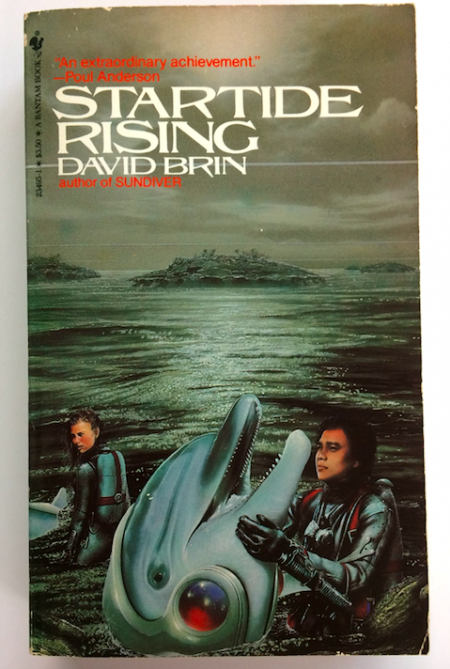
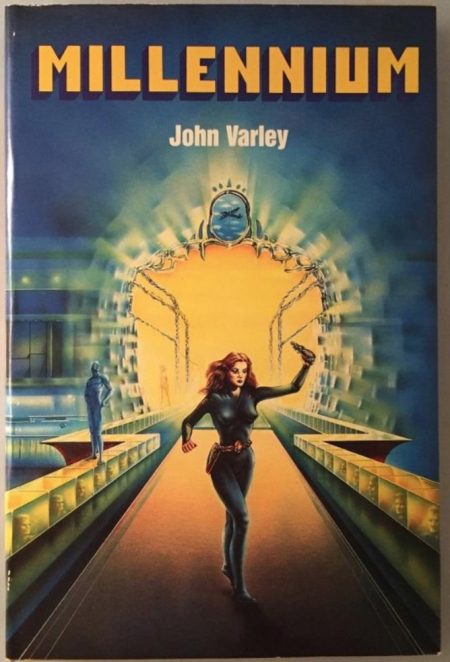
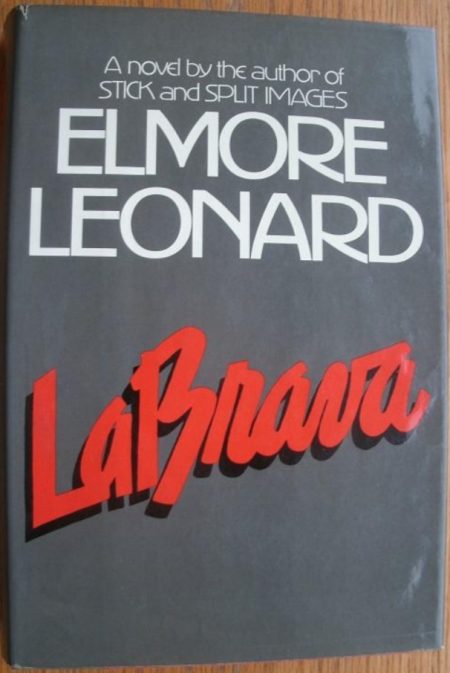
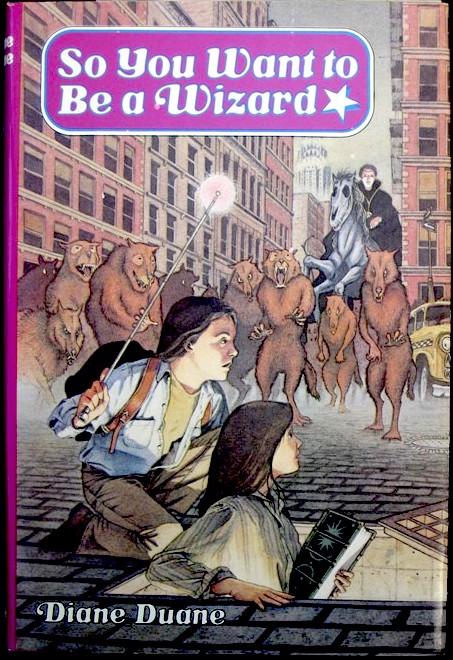
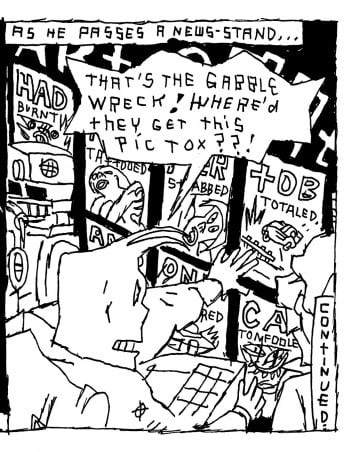
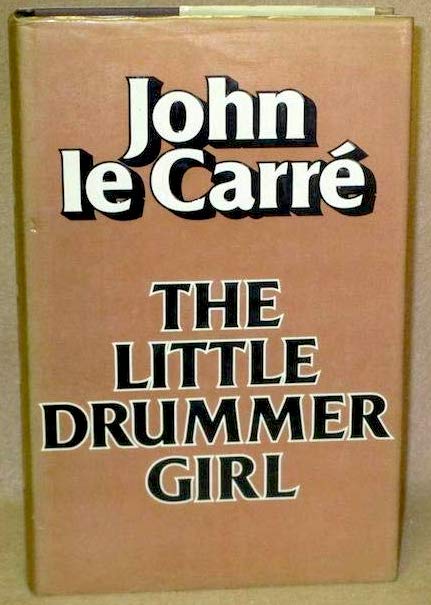
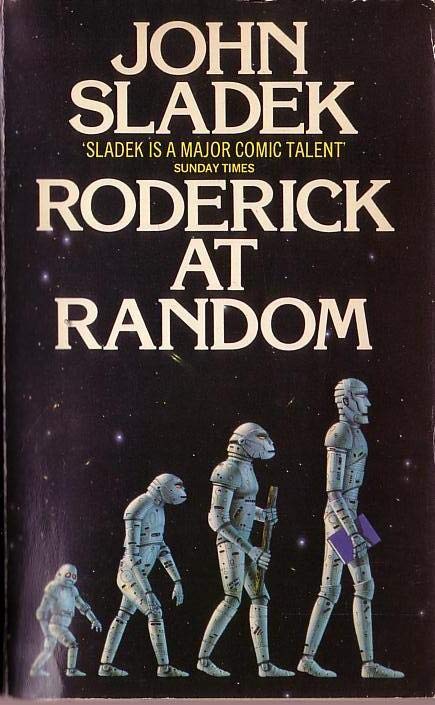
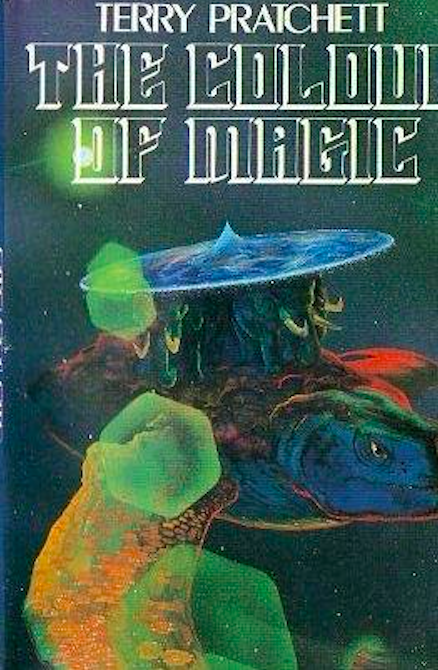
JOSH GLENN’S *BEST ADVENTURES* LISTS: BEST 250 ADVENTURES OF THE 20TH CENTURY | 100 BEST OUGHTS ADVENTURES | 100 BEST RADIUM AGE (PROTO-)SCI-FI ADVENTURES | 100 BEST TEENS ADVENTURES | 100 BEST TWENTIES ADVENTURES | 100 BEST THIRTIES ADVENTURES | 75 BEST GOLDEN AGE SCI-FI ADVENTURES | 100 BEST FORTIES ADVENTURES | 100 BEST FIFTIES ADVENTURES | 100 BEST SIXTIES ADVENTURES | 75 BEST NEW WAVE SCI FI ADVENTURES | 100 BEST SEVENTIES ADVENTURES | 100 BEST EIGHTIES ADVENTURES | 75 BEST DIAMOND AGE SCI-FI ADVENTURES | 100 BEST NINETIES ADVENTURES (in progress) | 1994 | 1995 | 1996 | 1997 | 1998 | 1999 | 2000 | 2001 | 2002 | 2003 | NOTES ON 21st-CENTURY ADVENTURES.
